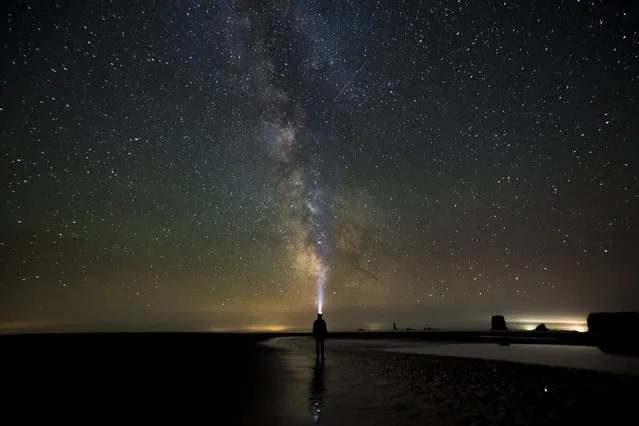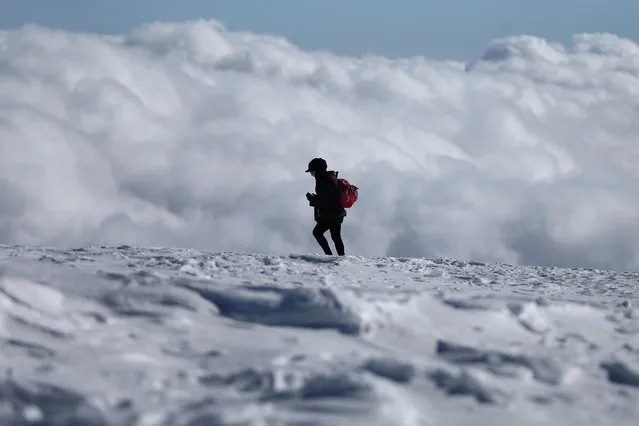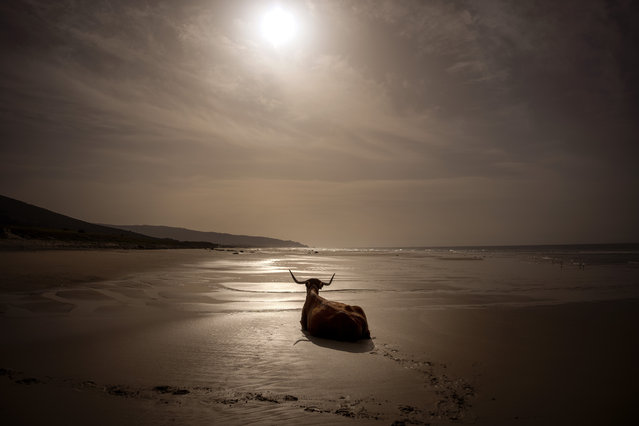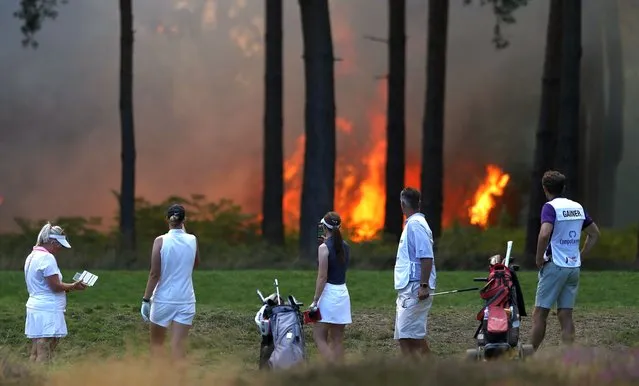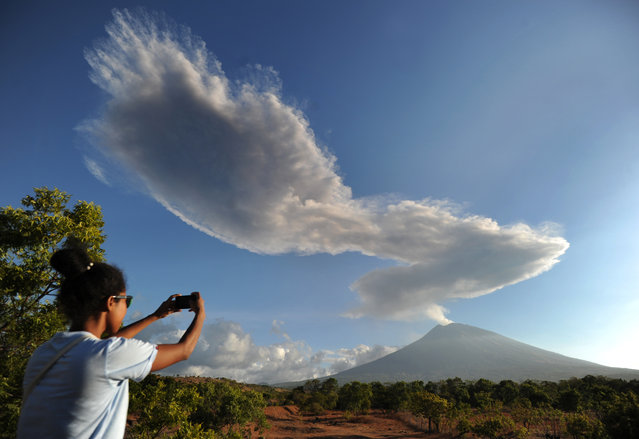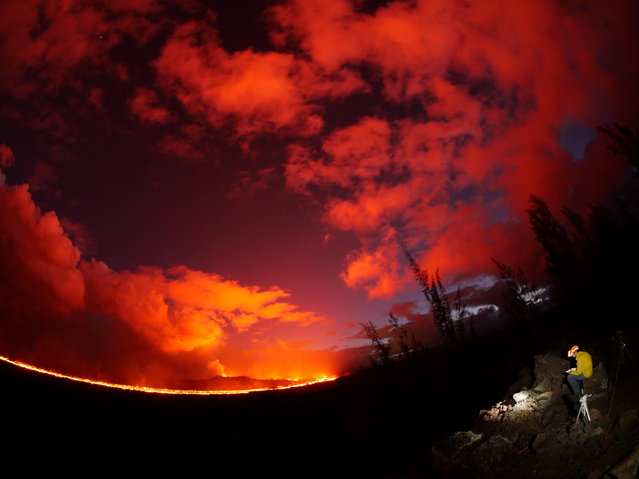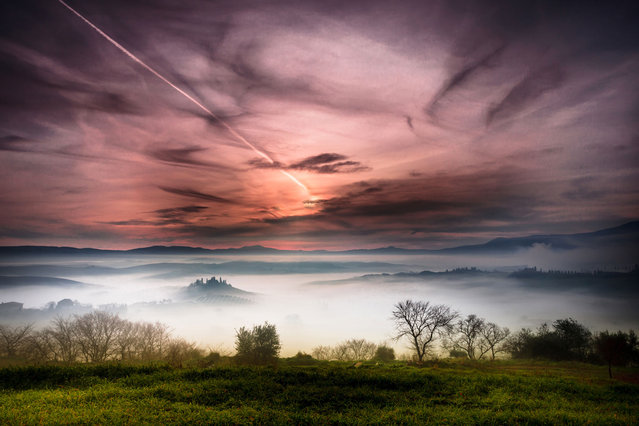
A building emerges from the early morning fog in Belvedere farm in San Quirico d'Orcia, Tuscany, Italy. The beautiful pictures were taken by Alberto Di Donato who has a huge passion for the Tuscan landscape and is inspired by the Renaissance artists who painted the same landscapes. (Photo by Alberto Di Donato/HotSpotMedia)
31 Jul 2014 10:25:00,post received
0 comments

